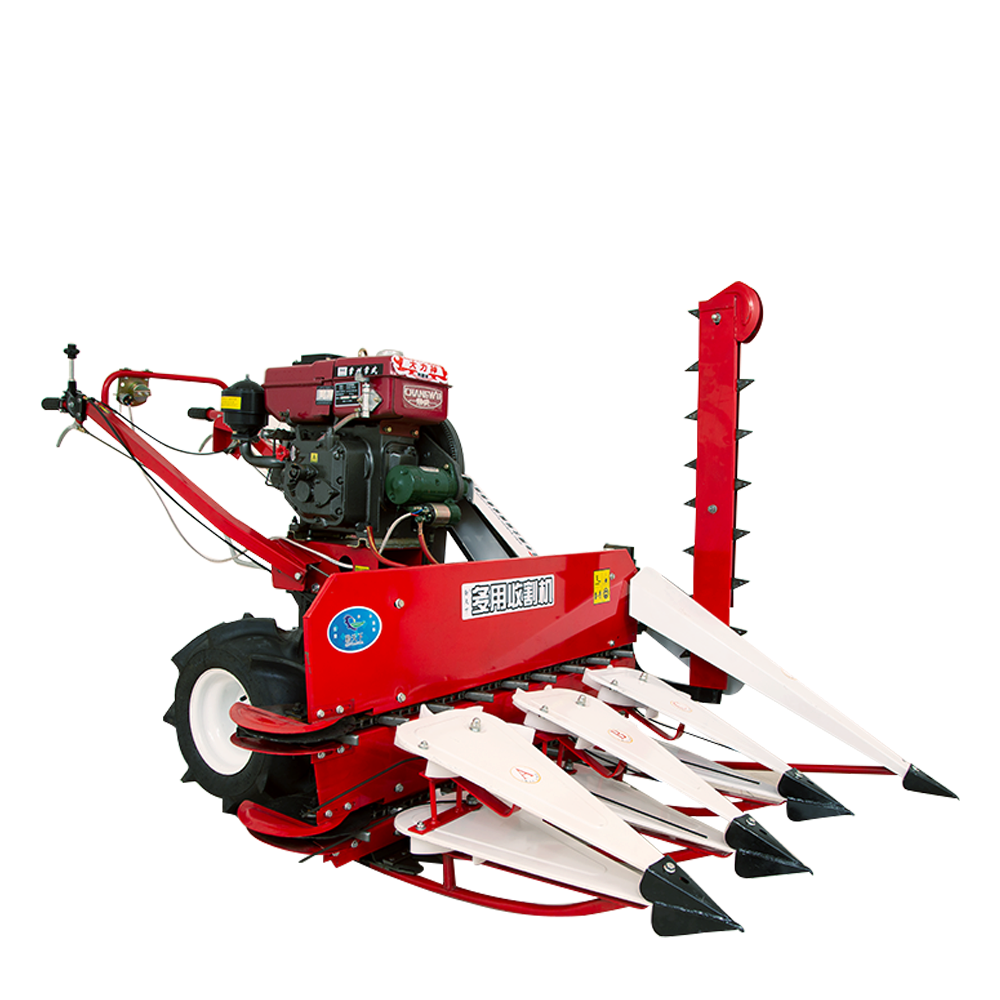reaper and binder machine
The Reaper and Binder Machine A Revolution in Agriculture
The advent of machinery has transformed various sectors, and one of the most groundbreaking innovations in the agricultural industry is the reaper and binder machine. This sophisticated piece of equipment revolutionized the way crops were harvested and processed, ultimately altering farming practices and enhancing productivity.
Historical Context
Before the introduction of the reaper and binder machine, harvesting crops was a labor-intensive task that could take weeks or even months. Farmers relied heavily on manual labor, using scythes and sickles to cut down crops like wheat, oats, and barley. This method was not only time-consuming but also physically demanding, requiring a large labor force, especially during peak harvest seasons.
The need for more efficient harvesting methods became critical as populations grew and agricultural demands increased. In the early 19th century, innovations began to emerge. Among these was the creation of the reaper machine by Cyrus McCormick in 1831. His design streamlined the harvesting process, allowing farmers to cut grain much faster than before. However, while the reaper could cut the crops, it did not bind them into manageable bundles.
The Invention of the Binder
Recognizing the need for further efficiency, the reaper and binder machine was developed later in the 19th century. This innovative machine combined the cutting capability of the reaper with the functionality of binding the cut crops into bundles. The introduction of this machine marked a significant advancement in agricultural technology. The reaper and binder machine utilized a simple yet effective mechanism as the machine harvested the crops, it would simultaneously tie them into bundles with twine, creating neatly organized sheaves ready for transportation.
Mechanism and Functionality
reaper and binder machine

The reaper and binder operates on a mechanized system consisting of sharp blades that cut the standing crops. As the machine moves through the field, the cut crops are propelled towards a platform where a series of binding arms twist twine around the harvested bundles. The use of twine instead of more cumbersome materials significantly sped up the binding process. Once tied, the bundles could be easily stacked for further processing, reducing labor and time.
Some models of the reaper and binder machine even incorporated advanced features for enhanced productivity. For instance, many were designed to adjust their cutting height, enabling farmers to harvest a variety of crops, regardless of plant height or density. This versatility made the machine not only efficient but also adaptable to different agricultural practices.
Impact on Agriculture
The impact of the reaper and binder machine on agriculture was profound. It drastically reduced the amount of time required for harvesting, from days or weeks to mere hours, depending on the size of the field. This efficiency allowed farmers to allocate their labor force to other essential tasks, such as planting or tending to livestock.
Moreover, the reduction in labor costs contributed to increased profitability for farms, especially during harvest seasons when labor was often scarce. Consequently, this machine played a crucial role in the agricultural industry, helping to meet the increasing food demands of an expanding global population.
Conclusion
The reaper and binder machine represents a pivotal moment in agricultural history. By introducing an efficient harvesting and binding process, this invention not only transformed the farming landscape but also laid the foundation for subsequent advancements in agricultural machinery. The legacy of the reaper and binder machine can still be felt today, as modern farming continues to build on the innovations of the past, striving for even greater efficiency and sustainability.
As technology progresses, it is essential to recognize the contributions of historical inventions like the reaper and binder. They serve as reminders of human ingenuity in overcoming challenges and pushing the boundaries of what is possible in agriculture. Ultimately, the reaper and binder machine exemplifies how the right tools can change the world, enhancing food production and improving the lives of farmers everywhere.
Latest news
-
When to Upgrade Your Old Forage HarvesterNewsJun.05,2025
-
One Forage Harvester for All Your NeedsNewsJun.05,2025
-
Mastering the Grass Reaper MachineNewsJun.05,2025
-
How Small Farms Make Full Use of Wheat ReaperNewsJun.05,2025
-
Harvesting Wheat the Easy Way: Use a Mini Tractor ReaperNewsJun.05,2025
-
Growing Demand for the Mini Tractor Reaper in AsiaNewsJun.05,2025
